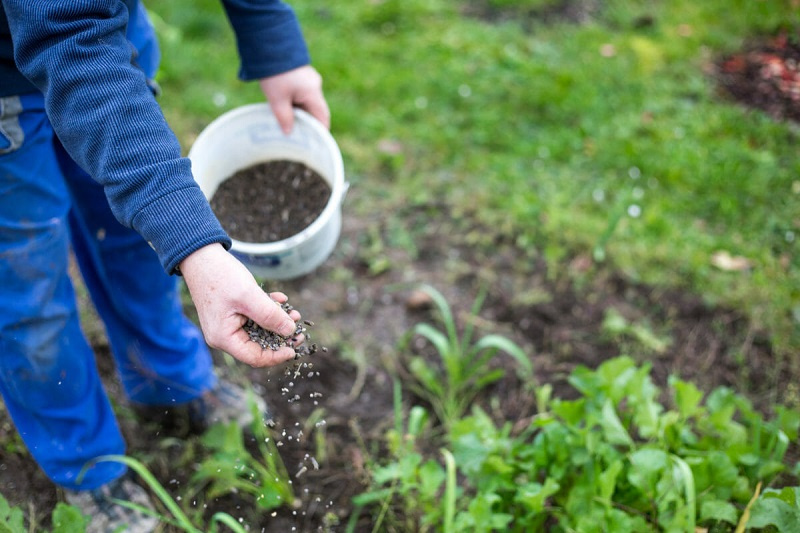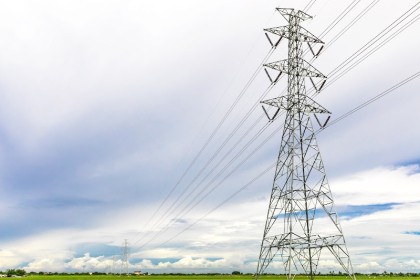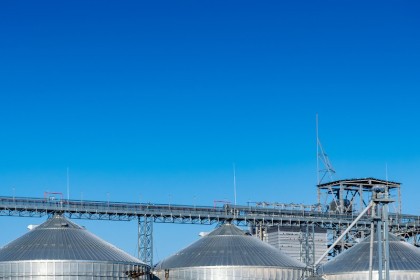
Agricultural Fertiliser
Fertiliser is any additive that aids soil nutrition to promote increased, and better quality, plant growth. There are different types of fertilisers with many compositions and ingredients – these can be categorised as mineral, organic, or industrial. Farmers must have their soil tested before implementing fertilisers on their produce, as the wrong composition could have an adverse effect.
Use of Fertilisers in Agriculture
Just as humans need additional nutrients for optimal health, plants and animals do too. In commercial farming, farmers need plants to grow quickly, whilst remaining nutritional for the end consumer. Fertilisers not only provide the correct nutrients that need replacing often for new plants, they also improve the function of the soil by allowing it retain water better and allowing oxygen to flow, which promotes healthy roots and a healthy foundation for plants that are planted after the ripe ones have been harvested.
Types of Fertilisers Used in Agriculture
The most popular fertilisers typically contain Nitrogen, Phosphorus and Potassium.
Nitrogen: nitrogen increases the plant’s ability to generate stems, flowers, or fruit. It gives the plant a boost by increasing the speed at which it will grow, as well as the quality of the results.
Phosphorus: phosphorus supports large, healthy root systems by providing essential starches and oils. Phosphorus and potassium work together to produce healthy yields from all plants.
Potassium: potassium is essential in the process of photosynthesis, and helps protect the plant by giving it tools to fight off diseases.
These are the basics in common fertilisers, as they work together to produce and maintain a healthy plant. If these ingredients are lacking in the soil, the plant will not produce high quality results, and may struggle to grow at all.
There are other fertilisers that have different properties:
Mineral Fertilisers
Mineral fertilisers consist of naturally occurring ingredients that have undergone a chemical process to enhance its good characteristics. They are the main source of the abovementioned essential minerals, with added minerals that can include calcium, magnesium, copper, zinc, iron, and more.
Nitrogen Fertilisers
There are three main products that are nitrate-based. These include ammonium nitrate (AN), calcium ammonium nitrate (CAN), and urea ammonium nitrate (UAN). Nitrogen fertilisers are used when plants display signs of a nitrogen deficiency. These signs can include:
- Slow and stunted growth.
- Smaller than average leaves.
- Lower leaves fall off or become discoloured i.e. yellow or sickly looking pale green
- Yellowing spreads to the upper leaves
Phosphorus Fertilisers
The most common phosphorus fertilisers include single superphosphate (SSP), triple superphosphate (TSP), monoammonium phosphate (MAP), di-ammonium phosphate (DSP) and ammonium polyphosphate liquid. Each one has a different application, and will be absorbed at different rates.
Phosphorus deficiencies can be indicated when the plant:
- Has an unusually thin, weak stem
- Doesn’t grow as quickly or as well as it should
- Has leaves that turn an unnatural dark bluish-green.
There are many natural fertilisers that contain enough nutrients to support the plants, that can be easily sourced, and are eco-friendly.
Type of Organic Fertiliser
Organic fertilisers can be derived from different matter including vegetables, and animals.
Examples of Animal-Sourced Fertilisers
Bone Meal
As the name suggests, this fertiliser is made from animal bones. It’s rich in phosphorus and calcium and contains traces of nitrogen.
Blood meal
Used in moderation, blood meal can improve the nitrogen content in the soil as well as act as a natural pest repellent.
Animal Manure
Taken from a variety of herbivores, manure adds nutrients and increases water retention characteristics of the soil.
Plant-Based Fertilizers
Compost
Compost comprises of plants that have decomposed and is a rich source of nutrients and can be used as an excellent soil improver to promote organic matter and soil fertility.
Cottonseed Meal
Cottonseed meal is a rich source of nitrogen.
Seaweed
Seaweed is an immediate-release fertiliser and an excellent source for zinc and iron.
Organic fertilisers may take a lot longer than chemical and mineral fertilisers to take effect. They also need a sufficient amount of water to activate their beneficial components.
Each farm will have different fertilisation requirements depending on climate, soil, produce, water, and more.
To browse more agricultural fertilisers, as well as farm equipment, explore our directory.












